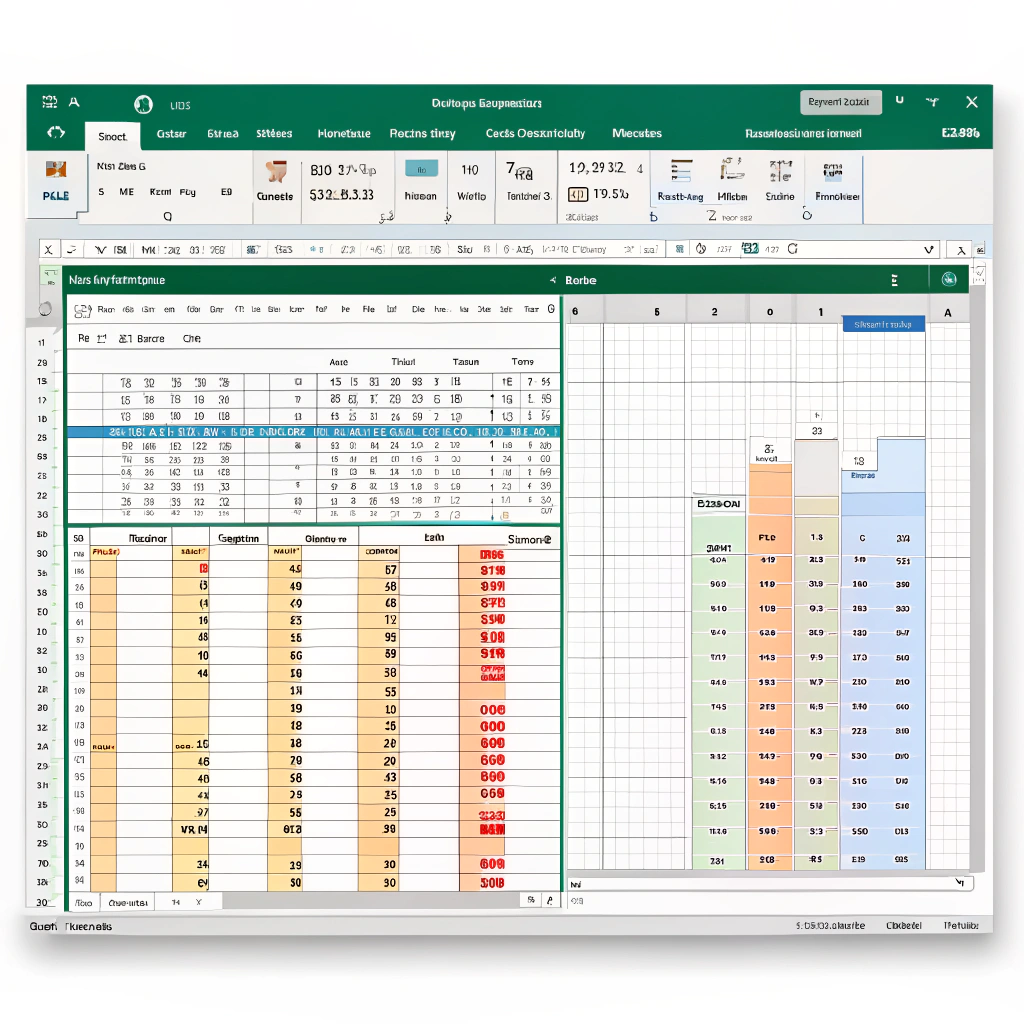Analyze inventory movement patterns to improve warehouse layout and efficiency. Introduction In warehouses, efficient layout and storage are crucial for reducing operational costs, improving picking speeds, and enhancing overall productivity. Analyzing inventory movement patterns can reveal opportunities to optimize warehouse layout, ensuring that frequently accessed items are located in more
Warehousing
In modern warehouses, efficiency is key. The growing complexity of e-commerce and logistics requires businesses to adopt automated warehouse solutions that optimize picking, sorting, and inventory management. By integrating AI and machine learning, warehouses can streamline their operations, reduce costs, and improve fulfillment times. This article explores how automated systems
Optimize Stock Levels, Prevent Shortages, and Automate Restocking Introduction Managing warehouse inventory is a complex and time-consuming task, especially when using outdated methods like spreadsheets. Python and MongoDB can revolutionize inventory management by automating key processes, providing real-time data, and reducing the manual effort involved. This article explores how Python
Managing a warehouse efficiently requires real-time inventory tracking, automated stock updates, and data-driven decision-making. Python, MongoDB, and Pandas can streamline operations by automating stock management, reducing errors, and optimizing warehouse space. Lillqvist Strat provides automation solutions that increase accuracy and improve warehouse efficiency. 1. Warehouse Needs An automated warehouse management



